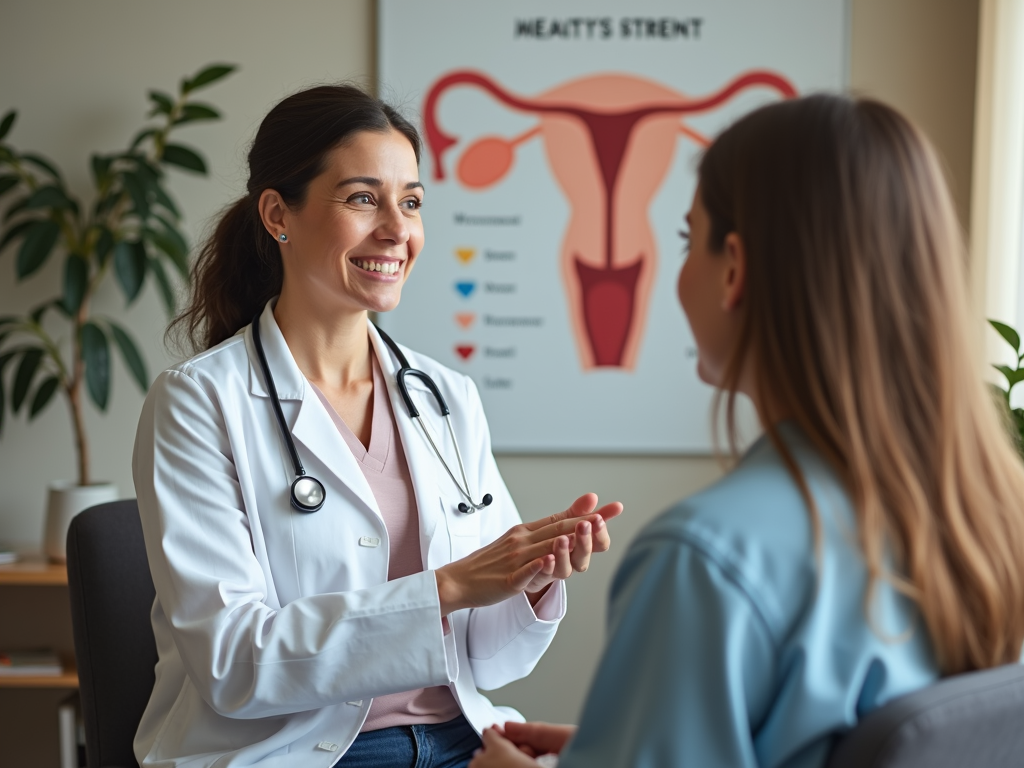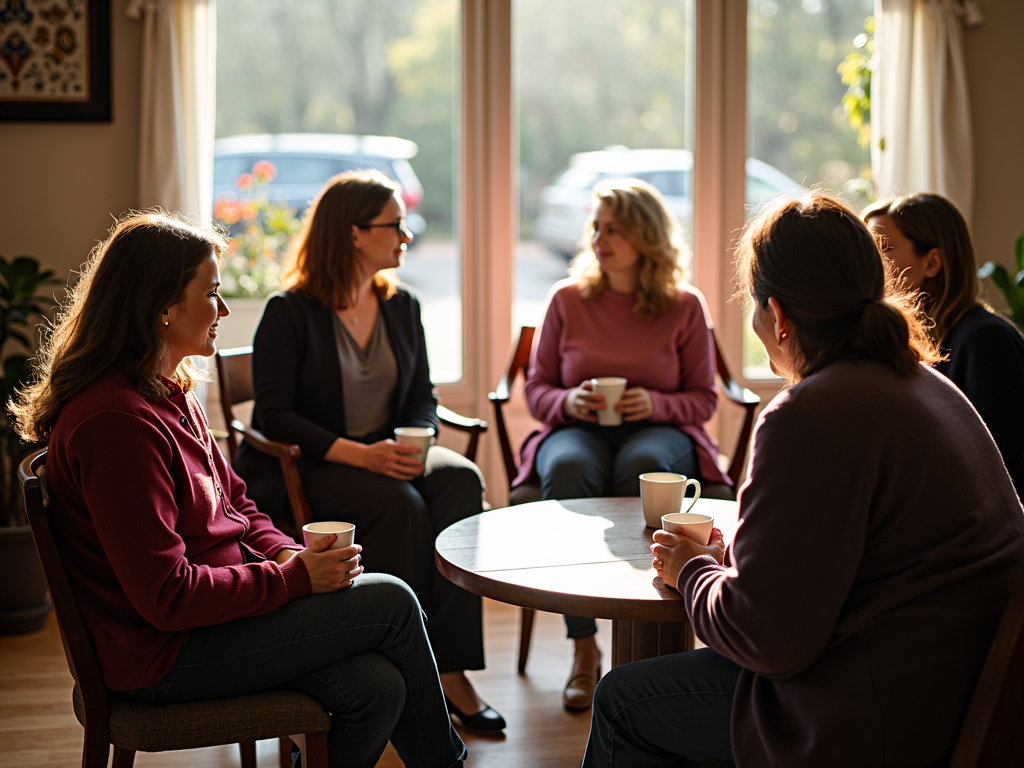Female Infertility Causes and Solutions: A Comprehensive Guide
March 10, 2025, 8:29 a.m.
Female infertility affects countless women, making conception a challenge. This guide dives into the causes, diagnosis, and solutions for female infertility, spotlighting tubal infertility. Whether you’re starting your journey or seeking answers, you’ll find practical insights here.

What Is Female Infertility?
Female infertility means struggling to get pregnant after a year of trying without protection. It’s more common than many realize—about 1 in 8 couples face this issue. It can feel isolating, but understanding it is the first step to finding solutions.
The reasons behind infertility vary widely. Some stem from physical issues, others from lifestyle choices. Age plays a big role too. I’ve seen friends wrestle with this, and it’s tough. But knowing what’s causing it can open doors to hope and action.

Female Infertility Causes and Solutions: What’s Behind It?
Let’s break down the main causes of female infertility. These factors can overlap, making diagnosis tricky but essential.
- Age: After 35, fertility drops as egg quality and quantity decline.
- Hormonal Imbalances: Issues like polycystic ovary syndrome (PCOS) or thyroid problems mess with ovulation.
- Structural Problems: Blocked fallopian tubes or uterine growths like fibroids can block the process.
- Lifestyle Choices: Smoking, heavy drinking, or poor nutrition can hurt your chances.
- Medical Conditions: Things like diabetes or past cancer treatments can play a part.
I remember a friend who smoked for years. When she quit, her doctor said it might boost her odds. Small changes can matter more than we think.

Tubal Infertility: A Key Player
Tubal infertility happens when the fallopian tubes—where sperm meets egg—get blocked or damaged. It’s a big deal because it stops the whole process cold. Here’s what often causes it:
- Infections: Pelvic inflammatory disease from untreated STDs can scar the tubes.
- Endometriosis: Extra tissue growth can clog things up.
- Past Surgeries: Scar tissue from appendix removal or C-sections can interfere.
A cousin of mine faced this after an infection she didn’t even know she had. It was a shock, but catching it early made a difference.

How to Diagnose Tubal Infertility
Figuring out if tubal infertility is the issue takes some detective work. Doctors use specific tests to peek inside. Here’s how they do it:
- Hysterosalpingography (HSG): They inject dye into your uterus and take X-rays to spot blockages.
- Laparoscopy: A tiny camera goes in through a small cut to check the tubes directly.
- Ultrasound: Sound waves help see if something’s off in the tubes or uterus.
These tests sound intense, but they’re quick. A friend who had an HSG said it was uncomfortable but worth it for answers.

Solutions for Female Infertility
Once you know the cause, solutions come into focus. Treatments depend on what’s wrong, but options exist for most cases. Here’s a rundown:
- Medications: Drugs like Clomiphene trick your body into ovulating.
- Surgery: Fixing blocked tubes or removing fibroids can clear the path.
- Assisted Reproductive Technologies (ART): IVF (in vitro fertilization) is a game-changer—eggs and sperm meet outside the body, then get placed in the uterus.
- Lifestyle Tweaks: Eating better, cutting stress, and exercising can help.
- Alternative Options: Some swear by acupuncture or herbal teas, though evidence varies.
| Treatment | What It Does | Success Rate |
|---|---|---|
| Medication | Boosts ovulation | 30-40% |
| Surgery | Fixes physical blocks | 20-60% |
| IVF | Bypasses natural barriers | 40-50% |
Note: Success varies by age and health.

My Take: Living Through Infertility
I’ve watched people close to me ride this rollercoaster. One friend tried IVF after years of waiting. The process was brutal—shots, appointments, hope, and heartbreak. But when it worked, she said every tear was worth it. Another leaned on yoga and diet changes, finding peace even when the outcome wasn’t what she hoped.
What I’ve learned is this: infertility tests your strength, but it also shows you’re not alone. Support groups, honest talks with friends, or a good doctor can lighten the load. It’s okay to feel lost—just don’t stop looking for your path.

Emotional Side of Infertility
The stats and treatments matter, but so do your feelings. Infertility can bring frustration, guilt, even shame. I’ve seen it hit hard—missed periods sparking hope, then disappointment. Finding ways to cope, like journaling or therapy, can keep you grounded.
One woman I know started a blog about her journey. She said putting it out there helped her process the pain and connect with others. It’s a reminder: your story has power.

Boosting Fertility Naturally
Beyond medical fixes, small habits can nudge things along. Here’s what’s worked for people I know:
- Eat Smart: Load up on fruits, veggies, and whole grains. Cut processed junk.
- Move More: Walking or yoga can balance hormones.
- Sleep Well: Rest helps your body regulate.
- Drop Bad Habits: Quit smoking and ease up on caffeine.
A friend cut sugar and started hiking. She didn’t get pregnant right away, but she felt stronger—and that’s a win too.

When to See a Doctor
If you’re under 35 and have tried for a year with no luck, see a specialist. Over 35? Make it six months. Don’t wait if you suspect something’s off—irregular periods or pelvic pain are red flags. Early help can change everything.

Summary
Female infertility is tough, but it’s not unbeatable. From age and blocked tubes to hormones and habits, the causes are many. Solutions like meds, surgery, or IVF offer hope, while lifestyle shifts add support. Diagnosing tubal infertility with tests like HSG is key. Talk to a doctor, lean on others, and keep exploring—your journey matters.
